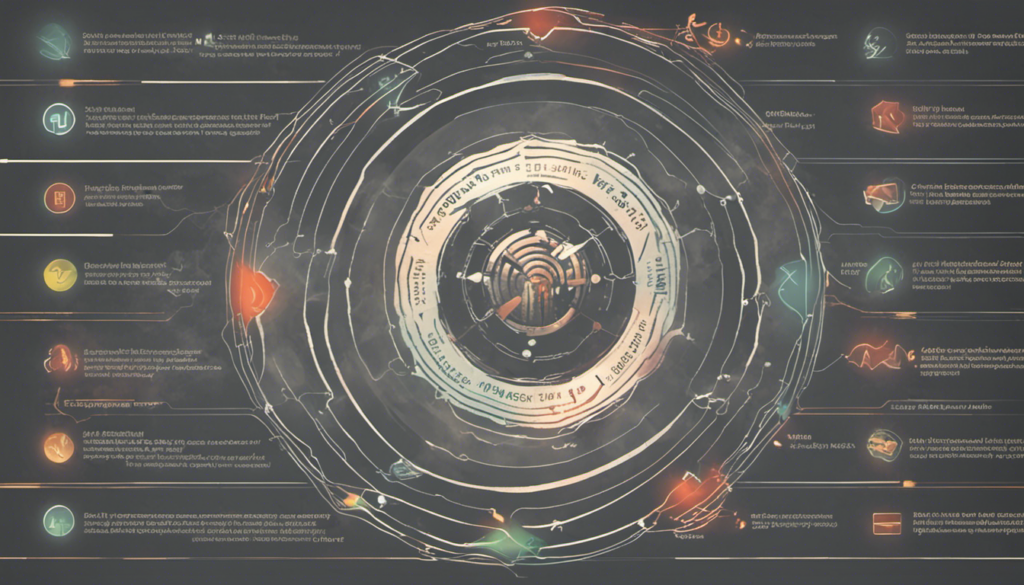The Potential of Using Human Biorhythms as a Unique Identifier for Enhanced Banking Security Measures
Banking security has always been a top concern for financial institutions and their customers. With the rise of technology, traditional security measures like passwords and PINs are increasingly vulnerable to hacking and fraud. As a result, there is a growing need for more innovative and secure methods of verifying and protecting user identities in the banking sector.
What are Biorhythms?
Biorhythms are the natural cycles that govern human physical, emotional, and intellectual capabilities. These cycles are said to affect our energy levels, mood, and overall well-being. By tracking and analyzing biorhythms, it is possible to gain unique insights into an individual’s physiological and psychological state at any given time.
| Physical | Emotional | Intellectual |
|---|---|---|
| 23 days | 28 days | 33 days |
| Strength, endurance | Mood, sensitivity | Logical thinking, creativity |
Enhancing Security with Biorhythms
Using human biorhythms as a unique identifier for banking security measures holds great potential in enhancing the security of financial transactions. By leveraging biorhythm data, banks can create a more personalized and secure banking experience for their customers.
One key advantage of using human biorhythms is their uniqueness. Just like fingerprints or facial features, each individual’s biorhythm pattern is unique. This makes it extremely difficult for hackers to mimic or reproduce, significantly reducing the risk of identity theft and fraud.
| Biorhythm | Benefit |
|---|---|
| Physical | Enhanced transaction verification |
| Emotional | Increased security against social engineering attacks |
| Intellectual | Enhanced protection against unauthorized access |
Implementation Challenges and Considerations
While the potential of using human biorhythms for banking security measures is promising, there are several challenges and considerations that need to be addressed before widespread adoption can take place.
- Privacy concerns: Biorhythm data is highly personal and sensitive. Banks must establish robust privacy policies and ensure that customer data is securely stored and protected.
- Reliability: Accurate measurement and tracking of biorhythms is crucial for this security measure to be effective. Banks need to invest in reliable and precise biometric sensors and algorithms.
- Accessibility: Not all individuals may be able to generate reliable biorhythm data. People with certain health conditions or physical disabilities may face challenges in providing consistent data.
- Ethical considerations: The use of biorhythm data raises ethical concerns regarding consent, data usage, and potential discrimination. Banks must ensure transparency and compliance with relevant regulations.
Overall, the potential of using human biorhythms as a unique identifier for enhanced banking security measures is promising. By leveraging the uniqueness and real-time nature of biorhythms, banks can significantly enhance the security and trustworthiness of financial transactions.
For more information about the latest trends in financial technology, check out our articles on crowdfunding in tech finance and digital identities in finance.




